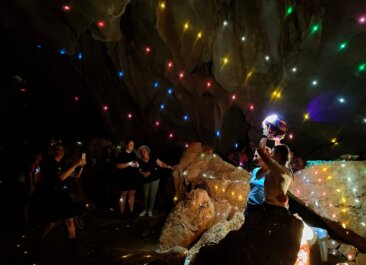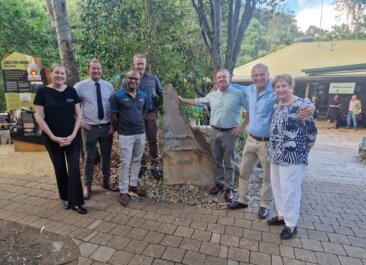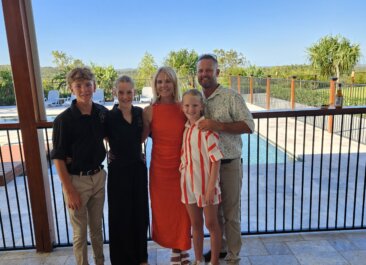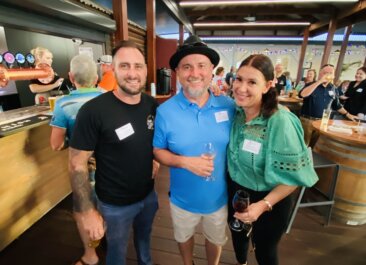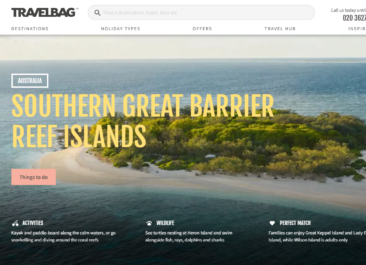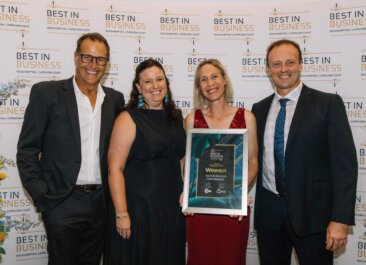Life continues in abundance on the Southern Great Barrier Reef
Posted on March 10th, 2020
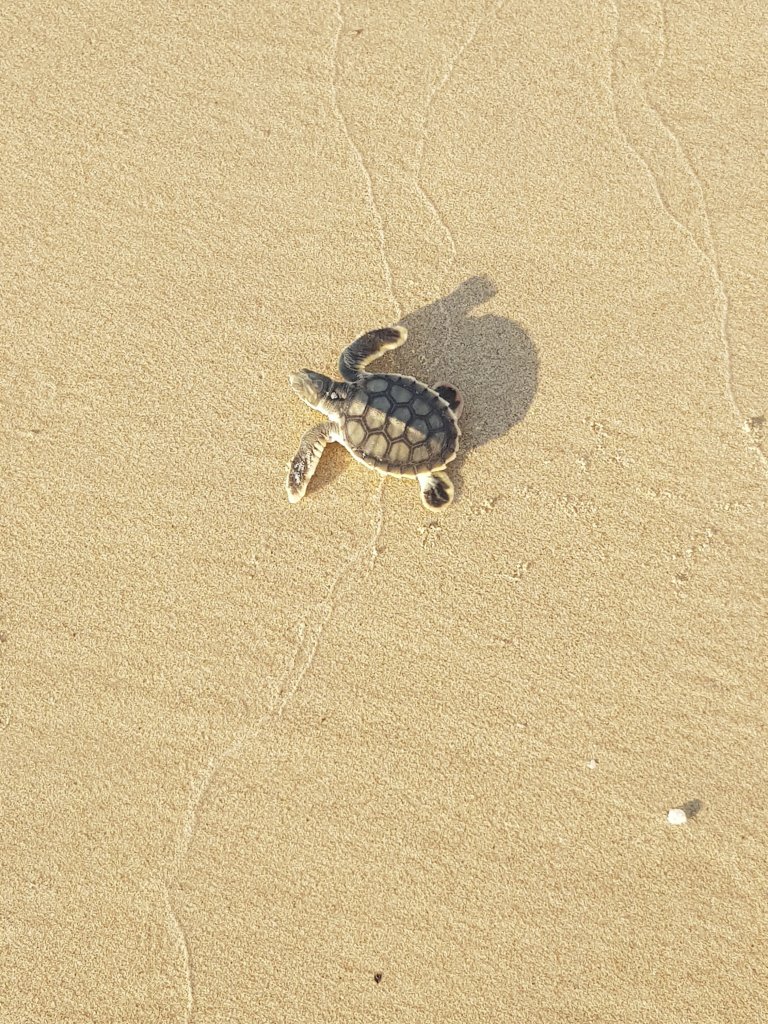
Visitors to Putney Beach on Great Keppel Island were treated to a TURTLE-Y awesome afternoon, as five newborns made their way to check out their new home on the Southern Great Barrier Reef.
Unable to wait until nightfall to ‘find their way back to the big ol’ blue’, the slightly confused hatchlings squinted through the bright sunshine and slapped their way quickly across the sand, while staff from Great Keppel Island Hideaway ensured their safety to the water’s edge.
Our newest locals are set to grow for many years amongst the spectacular coral formations and abundance of marine life that, although despite recent reports of some bleaching, has and will continue to make up part of the healthiest eco-system in the world.
“The coral within the Keppels are renowned for their quick recovery and within a year, can come back to their healthy state.”
Local Coral Scientist, Dr Alison Jones is certain that our hatchlings aren’t the only new life set to embark on our underwater metropolis, as some previously stressed coral begins the process of regrowth and recovery from our intense summer months.
“Bleaching and mortality on shallow fringing reefs such as the Keppel reefs is normal during our warm summers, and following a recent run of days with light winds and water temperatures hitting 29 degrees, some of our coral has been overwhelmed by heat and light stress,” said Dr Jones.
With no evidence to suggest that there has been an increase in the frequency of bleaching events and the last significant bleaching recorded in 2006, Dr Jones explains that corals can and do survive these events and even if they die, a single polyp can begin the recovery process.
“When stressed, corals emit their algae resulting in a phenomenon called ‘fluorescence’. Many visitors snorkelling or diving amongst the Keppels over the coming weeks may see patches of white bleached or seemingly dead corals, but as the imminent fluorescence process begins, the coloured pigments of the stressed coral will emit pale yellows, pinks, lavenders and blues.”
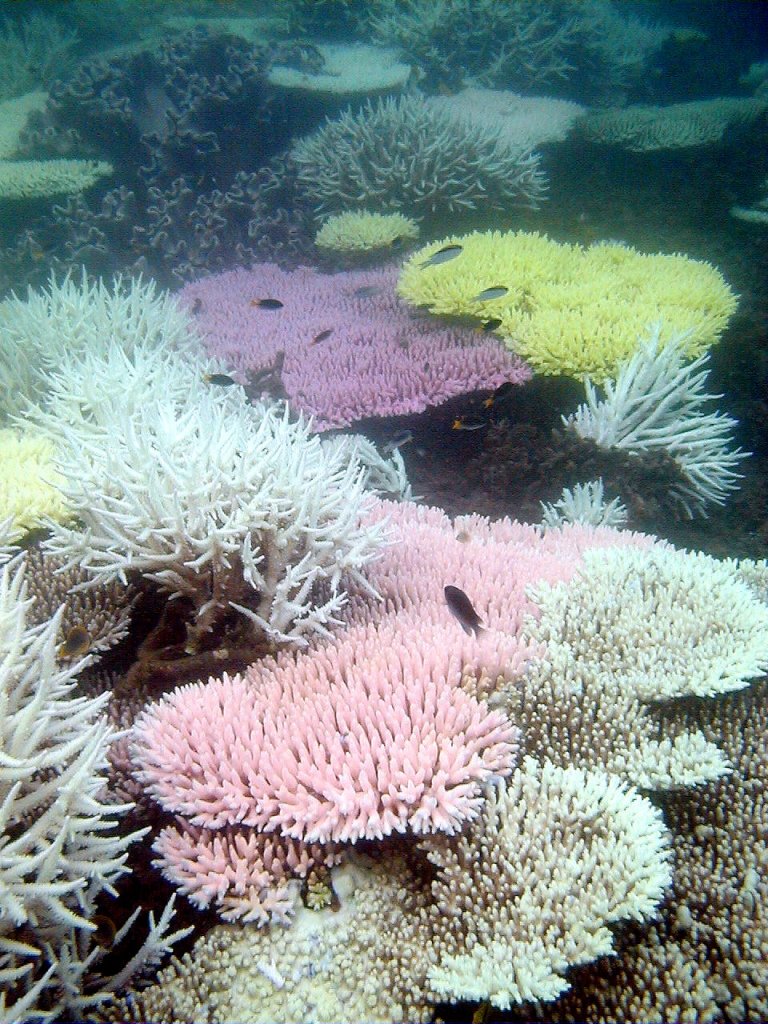
Relief for our underwater world comes from strong winds that whip up waves and turbidity, bringing cooler waters to the surface and preventing light from penetrating.
“South-easterly winds, when they arrive, will bring cooler water north, providing relief for our coral and allowing it to begin the recovery process.”
The Keppel’s consistent high rates of coral re-growth and good water quality during normal years continues to bring more and more new life to the Southern Great Barrier Reef and as our five hatchling warriors would attest by now, it’s time to grab the snorkel gear and discover this natural fluorescent phenomenon for yourself.
Capricorn Enterprise CEO, Mary Carroll continues to be inspired by our natural surroundings, and our passionate locals.
“We are so incredibly blessed with Dr Jones’ dedication, enthusiasm and passion of our destination, ensuring that our environment and landscape continue to thrive in our stunning backyard,” said Mary.
For more information on coral bleaching in the Keppels, visit https://keppels.com.au/keppel-reefs/bleaching/
